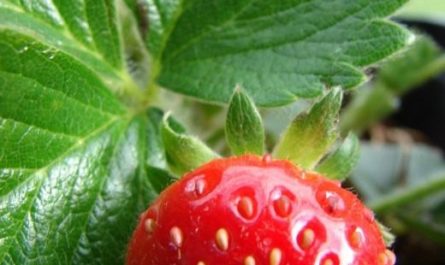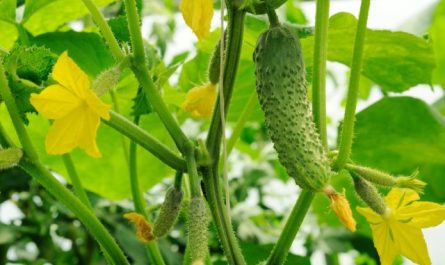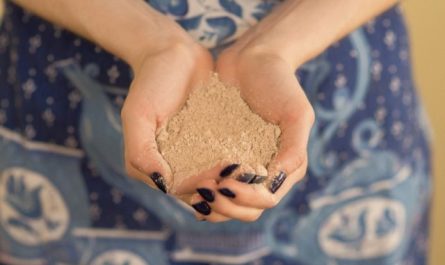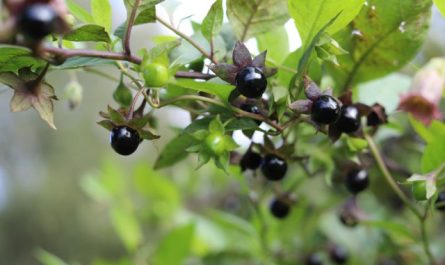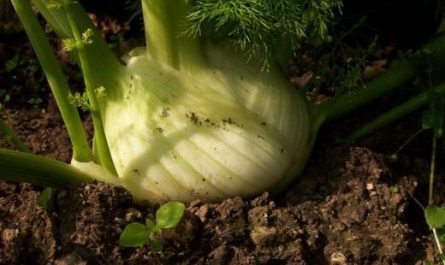Garden strawberries, or strawberries as we are accustomed to calling them, are one of the early aromatic berries that summer generously gives us. How we rejoice at this harvest! In order for the “berry boom” to be repeated every year, we need to take care of the berry bushes in the summer (after the end of fruiting). The laying of flower buds, from which ovaries will form in the spring, begins approximately 30 days after the end of fruiting (the exception is remontant strawberries, whose flower buds are laid constantly). Our task is to positively influence this process with proper care and feeding.

How to care for strawberries after fruiting
After harvesting the berries, it is necessary to remove leaves from bushes that show signs of disease and pest infestation, as well as mechanical damage. If there is a need to rejuvenate the beds, you can leave 1-2 of the strongest tendrils, which are lightly sprinkled with soil to form a root system, and remove the rest.
If the area is heavily infested with pests and diseases, it is recommended to completely mow down the foliage at a height of 5-7 cm from the surface. Pruning is always a big stress for plants and fertilizing immediately after it is unlikely to be advisable.
After mowing, it is necessary to treat the area with approved fungicides against diseases and insecticides against pests. The period immediately after fruiting is the best time for such treatments, because in a month (during the laying of the future harvest) it will be too late to do this.
There are a large number of such drugs. Here are some of them:
- fungitsidы: Bordeaux mixture, Fitosporin, Colloidal sulfur, Fundazol, Horus, Alirin B;
- insekticidы: “Karbofos”, “Fosbecid”, “Inta-vir”.

Fertilizing is an important part of strawberry care after fruiting. The quality of the harvest depends on how the strawberries are cared for throughout the summer cottage season. Strawberry fertilizing is done 4 times during the growing season.
Everbearing strawberries are fed every 10-14 days throughout the season.
All summer residents can be divided into three groups:
- supporters of organic fertilizers;
- supporters of mineral fertilizer fertilization;
- summer residents who use both approaches on their plots.
Next, we will look at different methods of fertilizing strawberries.
Organic fertilizers for strawberries
Ash
A popular fertilizer for berry and vegetable crops. Ash saturates the soil with microelements, protects against pests and helps restore leaf mass.
To protect and nourish the roots, it is necessary to add compost or humus mixed with ash under each plant (about a handful per bush).
You can water the strawberries at the root with a solution of ash and water. To do this, pour 1 g of ash with 250 liter of boiling water and let it brew. Dilute the resulting mixture in 10 liters of water.
Chicken droppings
It is necessary to dilute chicken manure in a bucket of water approximately 1:10 or 1:15. The resulting mixture is watered along the rows of garden strawberries so that there is no oversaturation of the soil near the roots with the solution.
This procedure should be carried out after rain or after good watering. If the fertilizer gets on the leaves, rinse them with clean water from a watering can.

Green manure
Weeds that grow on your plot are suitable for preparing this type of fertilizer. Fill a large container (at least a bucket) with greens and fill it with water. Nettle, woodlice, dandelion leaves, quinoa and other weeds are perfect for this.
Infuse the green fertilizer for 7-14 days (depending on the weather), remembering to stir it from time to time. The resulting mass will emit specific odors, so it is better to place the container away from the house.
On the 10th-14th day, you can start feeding the strawberries. To do this, dilute the infusion with water in a ratio of 1:9 and water it under the plant root.
Mullein solution
This type of fertilizer for garden strawberries is similar to fertilizing with chicken manure. It is necessary to dilute the mullein with water 1:15. Leave the resulting mixture to ferment for 10-15 days so that the uric acid, which can burn the roots of the plant, evaporates.
After 2 weeks, mix the resulting mixture with ash (add 10 cups of ash per 0,5 liters). This top dressing is combined with watering the strawberries. The fertilizer is added to pre-prepared furrows along a row of berry bushes at the rate of 1 bucket per 3 m of row.
Fertilizing garden strawberries with mineral fertilizers
Supporters of mineral fertilizers know that in order for the leaf mass to grow back after pruning, it is necessary to feed the strawberries with nitrogen. But the main thing here is not to overdo it.
Excessive application of nitrogen fertilizers after fruiting can lead to the development of powerful leaves, increased growth of runners, and the laying of flower buds will not occur or will be incomplete.
Ammonium nitrate
Dilute the solution at a rate of 10 g of saltpeter per 10 liters of water and water the plants, avoiding contact with the strawberry leaves to prevent burns.

Special mineral fertilizers
For successful formation of flower buds for the next season, garden strawberries need to be fed with phosphorus-potassium fertilizers. The modern market offers many special mineral fertilizers for garden strawberries. These same fertilizers, if applied in the fall, allow you to better prepare the plant for winter.
For example:
- “Autumn Fertika” — complex mineral fertilizer with increased content of phosphorus and potassium.
- “Novofert” — universal complex fertilizer, which is also suitable for strawberries.
- “Potassium humate” – is used for garden strawberries, as a rule, twice: after fruiting and in mid-September. The fertilizer has a positive effect on the development of the root system, the formation of flower buds and the restoration of berry bushes.
